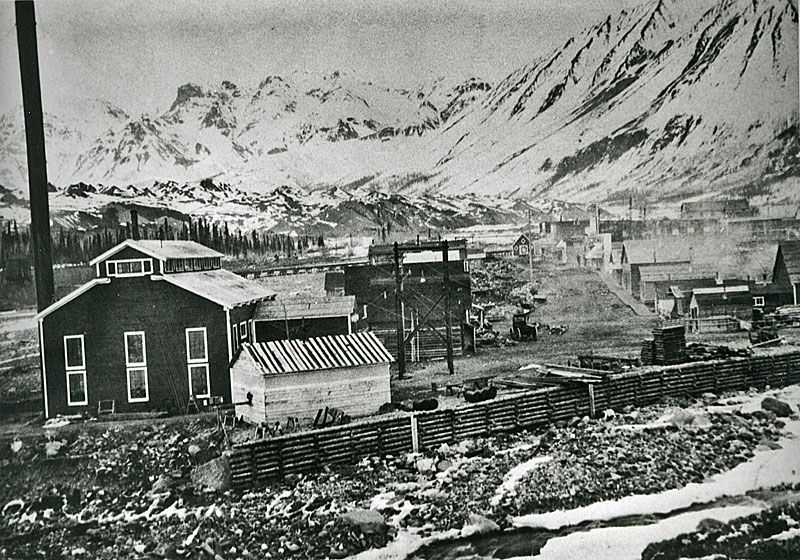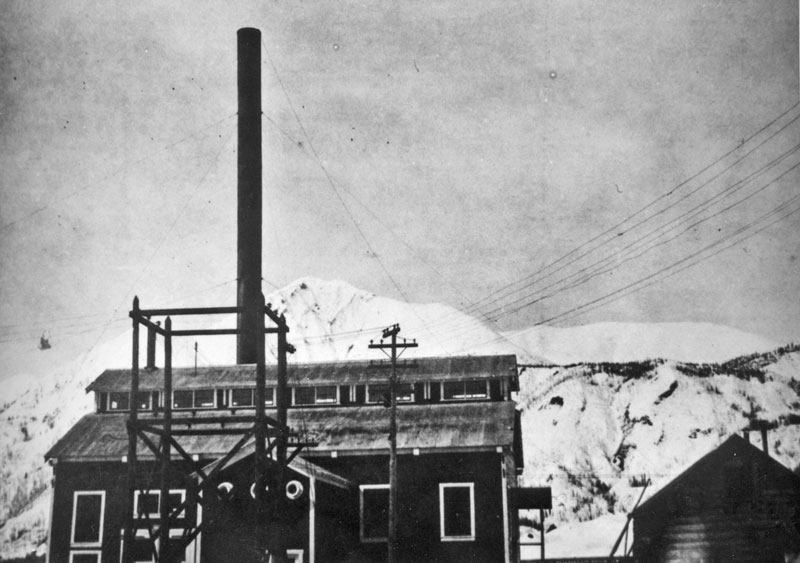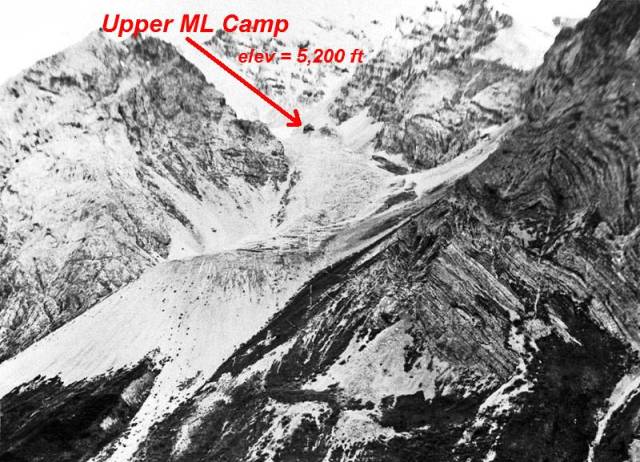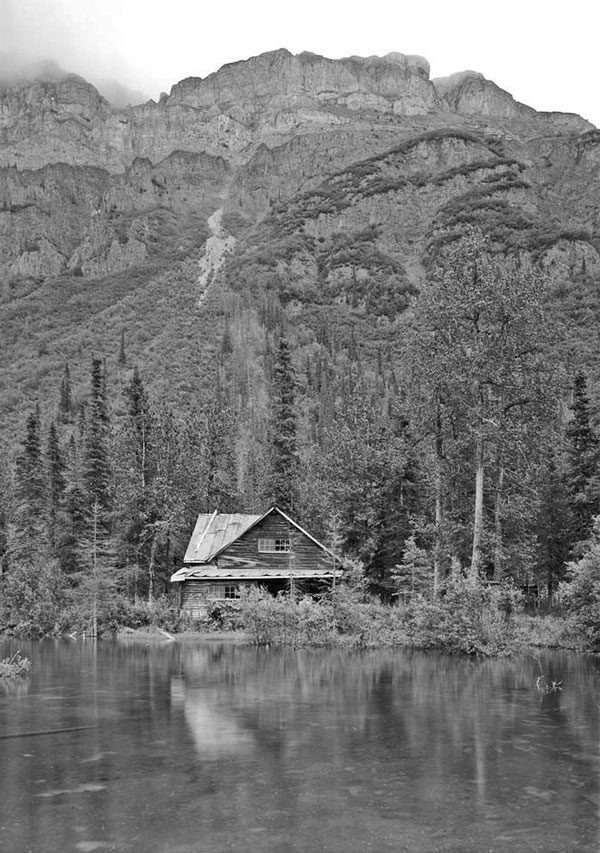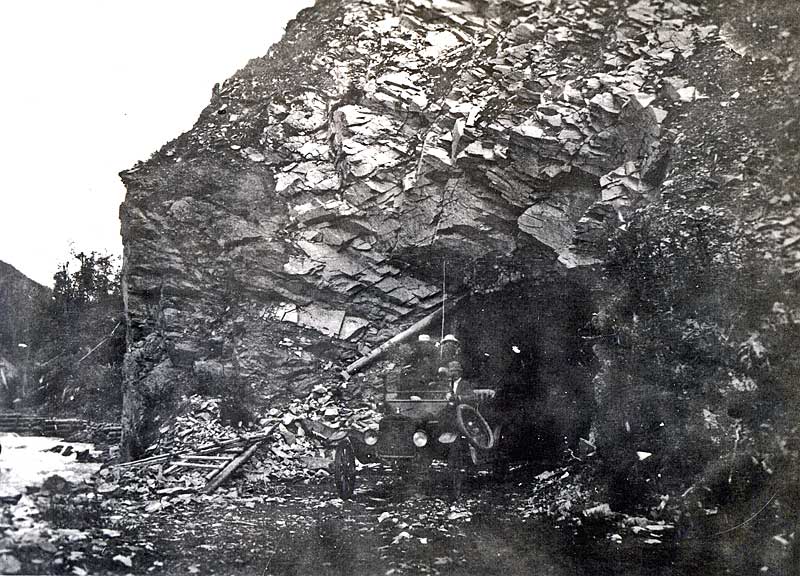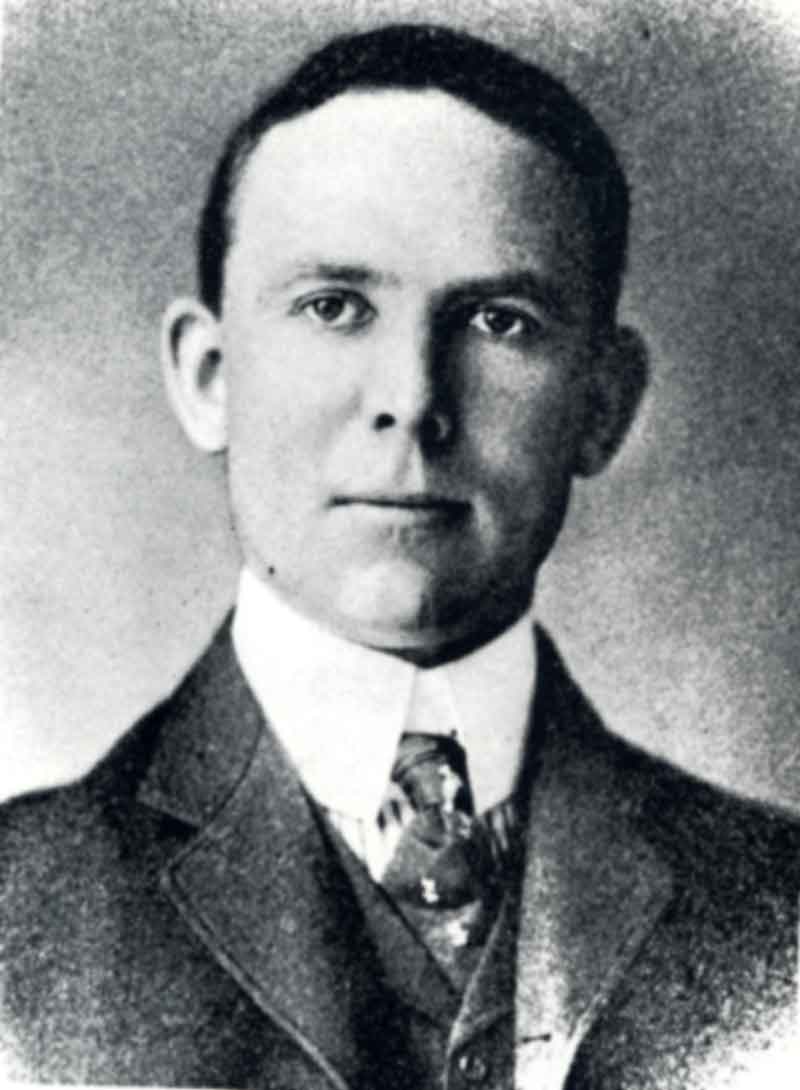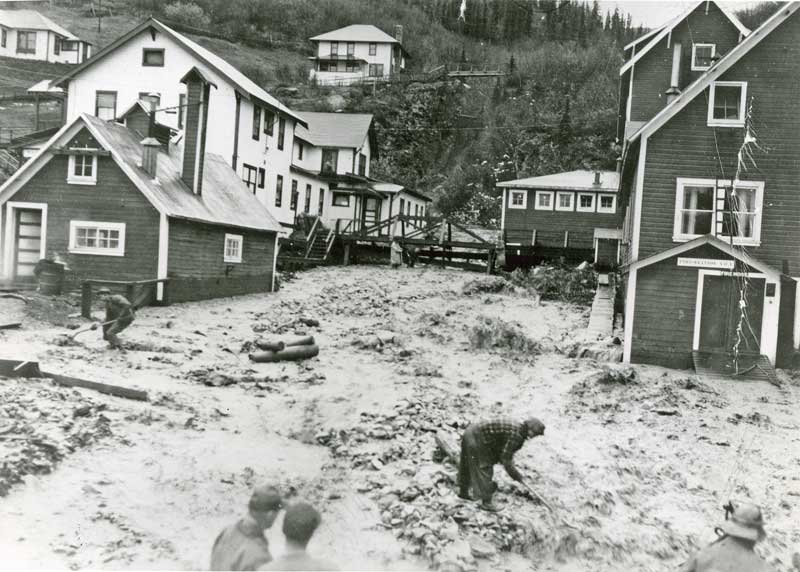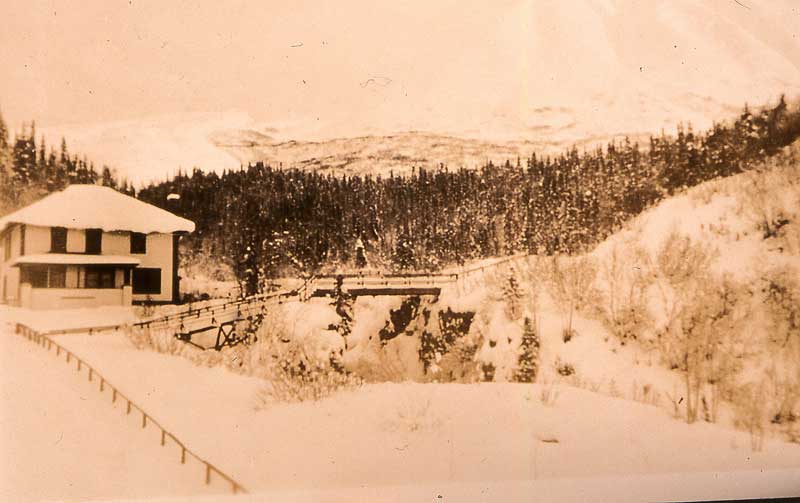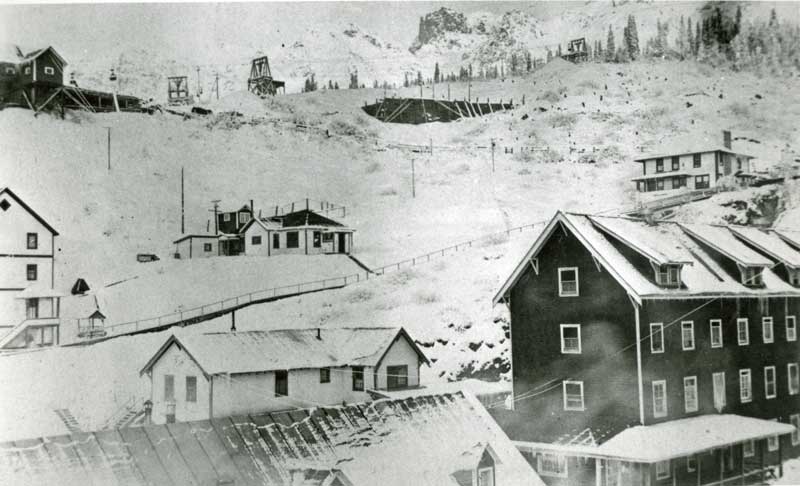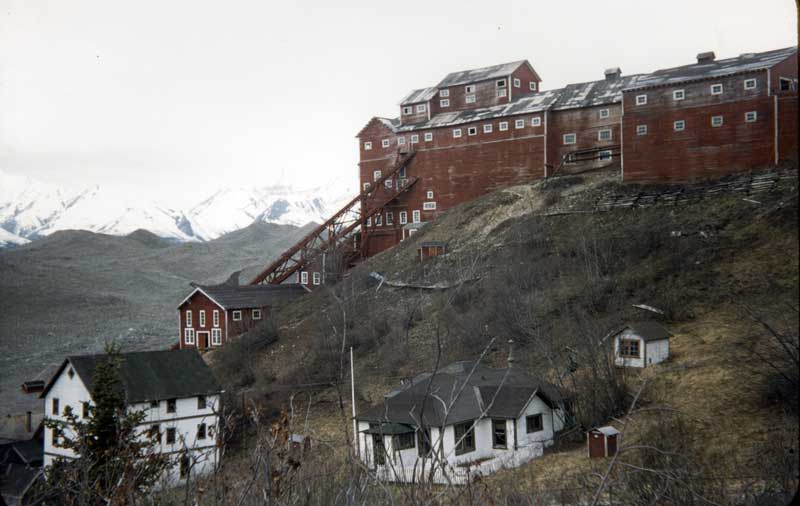Legacy of the Chief, Chapter 22: "Cap Rescues Johnny at McCarthy - 1924" pt 1 |
after he had staked the claims. He was involved in other mining ventures as well, though this was the only copper mine. After being delayed due to early summer flooding of McCarthy Creek, which took out one of the bridges, the way was finally cleared for him to return to town. He needed to ascertain the intention of Kennecott to continue supplying power from the Mother Lode to Green Butte. The power supply to Mother Lode originally came from a small plant at McCarthy. Old Mother Lode Company owned the power plant, but the power pole system was part of a joint-venture between Mother Lode and Green Butte. The Mother Lode and Green Butte companies strung the power lines on new poles they installed which followed the creek from McCarthy to the Mother Lode upper camp thirteen miles away. Only two years later, Kennecott absorbed Mother Lode. Kennecott picked up the McCarthy power plant as one of the assets of the old company. Because Kennecott’s Bonanza mine had workings that bordered on the tunnels of the Mother Lode, the company had planned to close the McCarthy plant as soon as it ran new underground lines to the Mother Lode upper camp. Power for Kennecott came from a large 200-foot long plant that had just been upgraded and enlarged. The plant north of the main town of Kennecott sent 10,000 volts of power up a three-mile power line which followed the Bonanza tram. A transformer station at Bonanza brought the power down to 2,400 volts for the use of the four large air compressors, and to 240 and 120 volts for everything else. Power from Bonanza then was routed to the Jumbo, which was connected by a crosscut tunnel about a mile to the northwest of the Bonanza.
In 1919 the Kennecott miners finished the Bonanza 800-level crosscut tunnel to connect the Mother Lode workings with those of the Bonanza and to access the Mother Lode upper camp at the 5,200 elevation. The new crosscut led to the Rhodes tunnel, which was the adit level for the Mother Lode upper camp above McCarthy Creek. Kennecott then extended the power from Bonanza upper camp on the west side of Bonanza Ridge, through the new crosscut to the Mother Lode camp, which was on the east side of the ridge. The plant at McCarthy shut down permanently in 1919, and the power poles between McCarthy and Green Butte were abandoned. The lines between Green Butte and the upper camp at Mother Lode were kept operational. Kennecott simply reversed the flow of power. It maintained the power-sharing arrangement with Green Butte for a reasonable fee as long as upper Mother Lode camp remained in service. Recently John Barrett began hearing rumors that the Mother Lode upper camp would soon be abandoned due to the well-known avalanche problem in Mother Lode Gulch. The men living at Mother Lode would be moved to the nearby Bonanza camp.
It seemed unlikely that Kennecott power would be available once the company shut down the upper camp. The cessation of this power supply would adversely affect operations at Green Butte since the existing generator plant at Green Butte was inadequate for anything but emergency power. Barrett realized he might find himself in the market for a full-sized generator at a time when development money for the Green Butte Mine was almost non-existent. He hoped to meet with superintendent Bill Douglass to discuss the matter on his next trip to McCarthy. As Barrett’s truck pulled pulled out of Green Butte camp, low-lying fog kept visibility and temperatures low. The aerial tram line running up the steep east wall of the canyon toward the adits 1,200 feet above disappeared quickly into dense gray obscurity.
Two men who had quit working for Green Butte were riding into McCarthy with him. He was not pleased about the matter, but it seemed only right to let them ride in with him since he had to return to town for business anyway. “Mr. Barrett, we surely appreciate you bringing us back into McCarthy.” “No problem, Harry. I have business there. You two never told me if you were leaving because you found work at Kennecott. Is that what happened?” There was a moment of silence. Jerry finally spoke. “No reflection on you, Mr. Barrett. We found your operation just fine. We’d just like to work for a larger company. The rumor is that you won’t be operating this winter.” “That’s true. But I close it every winter. Can’t afford to operate in the cold.” “We just want to survive the winter, Mr. Barrett. We’ve heard some bad things about this country when it gets cold.” “I see. If you have jobs at Kennecott, maybe it’s just as well you left.”
Continue with "Cap Rescues Johnny," pt 2 |
